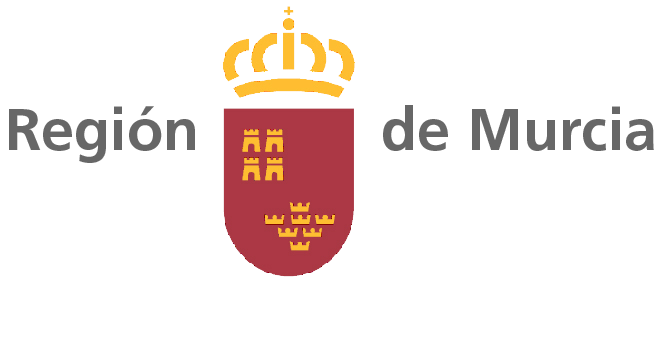Number metaphors in english and spanish: typological contrast of multimodal metaphorical patterns (NUMBES)
The NUMBES project seeks to conduct an in-depth examination of the metaphorical linguistic structures and co-speech gestures used by English and Spanish speakers when talking about numbers. We hypothesize that typological differences between English and Spanish may lead English speakers to prefer motion-based metaphors over size-based metaphors for describing numerical changes, with a particular focus on verbs of manner of motion. This preference would be indicated by a higher frequency, type/token ratio, and richer semantic content in the co-speech gestures used by English speakers, aligning with English's tendency to evoke more dynamic metaphoric scenes. Conversely, Spanish speakers may be more inclined to use size-based metaphors rather than motion-based ones to describe numerical changes, reflecting Spanish's tendency to evoke less dynamic metaphoric scenes.
To this end, we will gather large quantities of textual and multimodal number metaphors in English and Spanish. For the verbal metaphors, we will analyse their frequency, their lexical variability, and their semantic features. For the co-speech gestures, we will analyse their formal features, like the axis, the direction, or the shape of the hand. We will build statistical models that will compare the use of motion-based and size-based metaphors within each of the languages as well as between both languages.
The findings of this project would provide evidence for the potential influence of typology on the selection of multimodal metaphorical mappings in specific contexts. This will improve our understanding of how multimodal metaphors are used to communicate numerical concepts. The project will promote the application of this knowledge in various fields, including mathematics education, economics, advertising, politics, and media communication. This will lead to more effective use of cognitive and communicative skills and foster greater awareness of the metaphorical language involved in numerical discourse. The findings from this project will be particularly relevant to sectors that operate in an international, cross-linguistic context, such as multinational corporations, political arenas, secondary and higher education, and translation services. Increased awareness of cross-linguistic differences in numerical communication will contribute to clearer, more effective communication practices.

